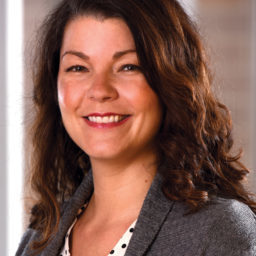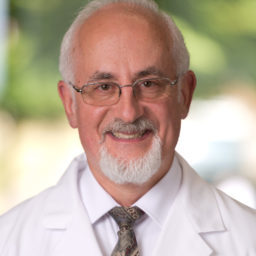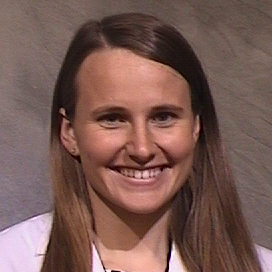The Answer is in the Anatomy: How OMM Altered the Course of Recovery from Recurrent Subdural Hemorrhages
Overview

| Registration |
|---|
Two attendance options:
|
Target Audience
DMU faculty, staff, students, residents, and the medical community.
Objectives
- Review relevant anatomy of the parasympathetic and sympathetic nervous systems.
- Identify anatomy of venous and lymphatic drainage from the head and neck.
- Draw connections between clinical symptoms, somatic dysfunctions, and relevant anatomy.
- Identify how treatment of somatic dysfunctions affected the function of the patient and led to clinical improvement of symptoms.
Location

Des Moines University is located on a 22-acre campus in the heart of Des Moines, Iowa. Just west of downtown on Grand Avenue, the University is located in one of Des Moines' most prestigious neighborhoods. The campus is in a historic neighborhood filled with tree-lined streets and gracious older homes and businesses. Its central location makes it easy to access the rest of the city and outlying communities. The campus is close to the Des Moines International Airport, located on the bus line and just blocks from local shopping and downtown Des Moines.
Speaker(s)

Hillary Haas, DO, ABFM, AOBFP
Assistant Professor, Osteopathic Manual Medicine, Des Moines University

Donald Matz, PhD
Chair and Professor, Anatomy, Des Moines University

Anna Johnson, DO'20
Osteopathic Medical Student and OMM Fellow, College of Osteopathic Medicine, Des Moines University
Relevant to the content of this activity, the speakers indicate they have no financial relationships with commercial interest companies to disclose.
CE Credits
Accreditation Statements
 MD: This activity has been planned and implemented in accordance with the accreditation requirements and policies of the Iowa Medical Society (IMS). Des Moines University (DMU) is accredited by the IMS to provide continuing medical education for physicians. DMU designates this live activity for 1.0 AMA PRA Category 1 Credit(s)™. Physicians should claim only the credit commensurate with the extent of their participation in the activity.
MD: This activity has been planned and implemented in accordance with the accreditation requirements and policies of the Iowa Medical Society (IMS). Des Moines University (DMU) is accredited by the IMS to provide continuing medical education for physicians. DMU designates this live activity for 1.0 AMA PRA Category 1 Credit(s)™. Physicians should claim only the credit commensurate with the extent of their participation in the activity.- DO: Des Moines University (DMU) is accredited by the American Osteopathic Association (AOA) to provide osteopathic continuing medical education for physicians. DMU designates this program for a maximum of 1.0 AOA Category 1-A credits and will report CME and specialty credits commensurate with the extent of the physician’s participation in this activity.
- Nurse: Des Moines University is Iowa Board of Nursing approved provider #112. This live activity has been reviewed and approved for 1.0 continuing education contact hour(s). No partial credit awarded.
- Other healthcare providers: This live activity is designated for 1.0 AMA PRA Category 1 Credit(s)™.
Educational Grants
No commercial interest provided financial support for this continuing education activity.
Disclosure
Everyone in a position to control the content of this educational activity will disclose to the CME provider and to attendees all relevant financial relationships with any commercial interest. They will also disclose if any pharmaceuticals or medical procedures and devices discussed are investigational or unapproved for use by the U.S. Food and Drug Administration (FDA). Determination of educational content and the selection of speakers is the responsibility of the activity director. Firms providing financial support did not have input in these areas. The information provided at this CME activity is for continuing education purposes only and is not meant to substitute for the independent medical judgment of a healthcare provider relative to diagnostic and treatment options of a specific patient’s medical condition. The content of each presentation does not necessarily reflect the views of Des Moines University.
Available Credit
- 1.00 AMA PRA Category 1 Credits™
- 1.00 AOA Category 1A
- 1.00 CE Contact Hour(s)
- 1.00 IBON

 Facebook
Facebook Twitter
Twitter LinkedIn
LinkedIn Forward
Forward